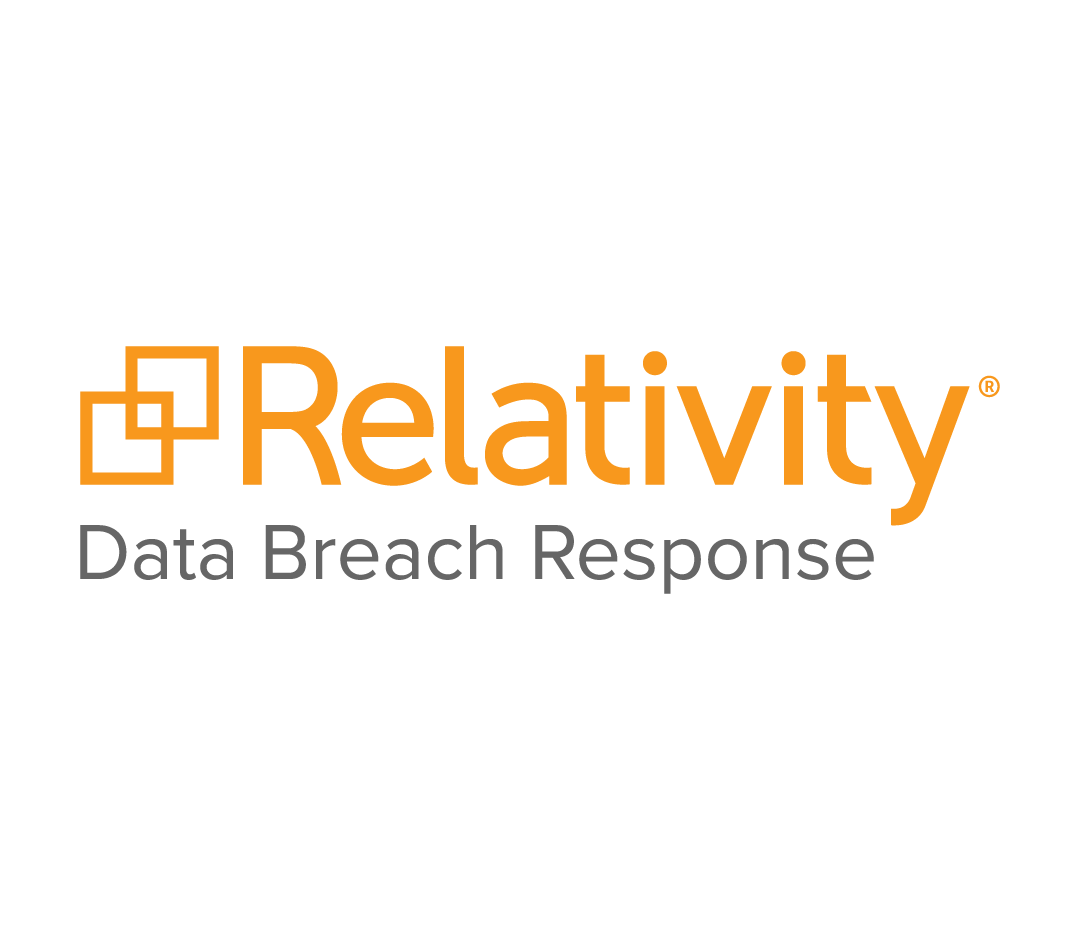As we move into 2025, cyber threats are more intense than ever. The Identity Theft Resource Centre reports nearly 2 billion victims in 2024 —a whopping 312 percent increase from the previous year.
These breaches aren't just numbers; they hit hard both personally and financially, with average costs soaring to $4.88 million per incident. Legal battles following breaches have also doubled since 2022. It's a huge mess for everyone involved.
At Relativity, we're dedicated to helping you manage and protect your data more efficiently. Our tools are designed to assist in quick, effective data examination, whether it's for litigation or any other data challenge you face.
We're especially focused on improving our data breach response capabilities. Understanding the intricacies of a breach and the ensuing notification protocols is crucial. Today, we'll unpack the complexities of data breach responses and how Relativity can streamline this process for you.
Ready to tackle it? Let's dig in.
Anatomy of a Typical Data Breach Incident Response
The frequency and sophistication of data breaches have been on a relentless rise, and expectations—from regulators and consumers—demand a swift response.
Once a cyber incident takes place and is identified, legal service providers and law firms are typically brought in to help their clients:
- Analyze the compromised data to identify impacted individuals.
- Notify regulators as quickly as possible.
- Notify any individuals who may have had their sensitive information stolen.
It seems like a straightforward process, but the reality is that there are often hundreds of millions of entities to review across various data types in an impacted data set—no small feat. The team doing the data analysis must sift through vast amounts of information to determine whether any personally identifiable information (PII) or protected health information (PHI) has been compromised, and if so, who it belongs to.
It’s like searching for needles in haystacks, with the added pressure of a ticking clock: strict deadlines are in place, and they’re aggressive. Failure to deliver accurate results in time can result in additional fines and lawsuits, plus damaging hits to hard-earned brand reputation and consumer trust.
Today, many response teams’ post-incident notification solutions often involve piecing together multiple tools for different parts of the process—and relying on manual tasks to find PII/PHI, connect sensitive details to real people, and deduplicate individuals (e.g., “cbrown” and “Chris Brown” may or may not be the same person). This manual approach can lead to several inefficiencies and risks, including:
- Manually searching for PII in large data sets leveraging RegEx or search-term-based approaches is labor-intensive and prone to errors, plus a high number of false positives.
- Slow identification of PII and linking it to entities can delay response efforts and increase the risk of data misuse.
- Variability in manual processes can lead to missed PII and inconsistent handling.
- Compliance with data protection regulations is threatened if any impacted PII is missed.
- Managing complex data sets is made difficult when disjointed information is spread across multiple tables or tools.
- Manually identifying and merging duplicate entities is time consuming and error prone.
- Poor data quality due to duplicates and inconsistent formats can hinder analysis and decision making.
- Obtaining a clear overview of entity exposure and frequency is difficult without extensive manual effort.
To avoid these hurdles, many organizations are searching for an integrated solution—something that can enable them to holistically ingest and analyze these data sets in a way that accelerates cyber incident responses while minimizing risk.
This is where we can help.
Enabling An Integrated Data Breach Response
We’ve heard from customers who are frustrated by the many ways a manual approach to data breach response can make these already unpleasant circumstances more frustrating, risky, and time-consuming than they need to be. To help, we’ve built an integrated and efficient, AI-powered solution that addresses these challenges head-on, and in any type of incident scenario.
We call it Relativity Data Breach Response, and our community is already using it to bring a little more peace to these chaotic projects.
Recognizing the critical importance of post-cyber incident workflows, our solution offers several key advantages:
- Technology Advantage: Our solution provides customers with powerful, AI-infused software to address new legal data challenges. Data breach responses, like e-discovery and other internal investigations, are an ideal opportunity to deploy powerful AI/ML solutions to help our users examine and enrich their data effectively.
- Familiar Frameworks with Big Benefits: Data Breach Response automatically identifies PII, links it to entities, and normalizes the data by removing duplications. Automation ensures an accurate view of an incident’s impact and creates precise reports for clients, regulators, and impacted individuals, even under tight timelines.
- Addressing Industry Needs: Our solution is specifically designed to automate tasks to improve speed, accuracy, and simplicity, in addition to ensuring regulatory compliance. By reducing the manual workload, Data Breach Response helps legal teams focus on the critical decision making and strategic actions that deserve all their brainpower.
We believe a unified approach can hugely improve data breach responses, saving both time and money while mitigating project risks. Using Relativity speeds up the review process by up to 78 percent, helping teams meet deadlines and avoid fines.
Our tool uses AI to cut document populations by as much as 50 percent, with over 120 PII identifiers and support for multiple languages. This lets users assess PII and entities quickly, creating accurate reports for regulators, clients, and affected individuals.
By streamlining workflows, we can help you notify all parties promptly and accurately, while protecting client trust and minimizing damage.
Interested in seeing how our post-incident notification solution can benefit your organization? Contact us for a demo and find out how you can streamline your incident response workflows with Relativity Data Breach Response.
Graphics for this article were created by Kael Rose.












